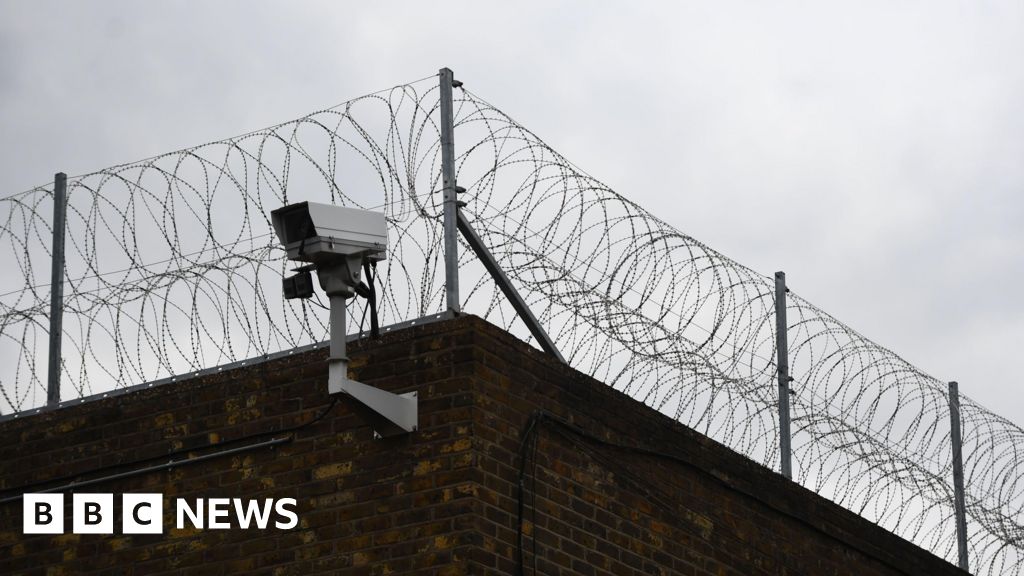Environment
We now have the ability to rapidly assess the impact of climate change after extreme weather events – a first of its kind analysis has shown that it nearly tripled the death toll from the most recent European heatwave
By Alec Luhn
A firefighting plane dropping water over a wildfire near Athens, Greece Costas Baltas/Anadolu via Getty Images
An intense heatwave in June and July killed 2300 people across London and 11 other European cities, a death toll that was nearly tripled by climate change. It can take months to determine the impact of climate change on heat deaths, but scientists have now developed a method to do this quickly.
A “heat dome” of high atmospheric pressure brought extreme heat to western and central Europe in late June, with temperatures reaching nearly 35˚C in London, 40˚C in Paris and 46˚C degrees in parts of Spain and Portugal. Wildfires blazed across the Mediterranean, nuclear reactors were shut down in Switzerland and France, and Italian regions banned outdoor labour after a construction worker died.
Researchers with the World Weather Attribution network used weather data to estimate how intense the heatwave would have been without climate change, and compared this to what actually happened. Then they combined their rapid attribution finding with research by the London School of Hygiene and Tropical Medicine that has graphed the relationship between daily temperature and excess deaths in European cities. The scientists applied this curve to real-world temperatures and those calculated for a non-warming world to find the death toll of climate change during this heatwave.
They estimated that 2300 people died from heat between 23 June and 2 July in Athens, Barcelona, Budapest, Frankfurt, Lisbon, London, Madrid, Milan, Paris, Rome, Sassari and Zagreb. The analysis showed that the heatwave would have killed 700 people even in a cooler world. But because climate change amplified temperatures by up to four degrees, an additional 1500 died. Heat is the deadliest extreme weather, but it’s a silent killer that aggravates existing illnesses and often isn’t recorded on death certificates.
This is the first study to calculate climate-related deaths immediately after a heatwave. In London, climate change was responsible for 171 of 235 fatalities. “That for me makes [climate change] more real,” says Friederike Otto at Imperial College London. “We need policymakers to take action.”
“Now it’s closer to dangerous heat for more people,” says Ben Clarke at Imperial College London. Eighty-eight percent of those killed were aged 65 or over, the most vulnerable group.
The research may be underestimating the deaths because it relies on mortality data from a cooler past, according to Kristie Ebi at the University of Washington, who wasn’t involved in the study.
“We don’t know what happens when you get to these really extreme temperatures,” she says.
While governments are now giving more heatwave warnings, response plans and infrastructure still need improvement. Milan, the hardest hit with 499 deaths, suffers from high air pollution, which can be worsened by heat. Madrid, where 90 percent of deaths were due to climate change, lacks greenery to temper the urban heat island effect.
And in London, many buildings are poorly ventilated. For now, the city could offer drinking water in tube stations and ban non-essential car travel during heatwaves, says Otto. Teachers and officials should also tell people about heat risk. “Even if you think you are invincible, you’re not,” she says.









 English (US) ·
English (US) ·